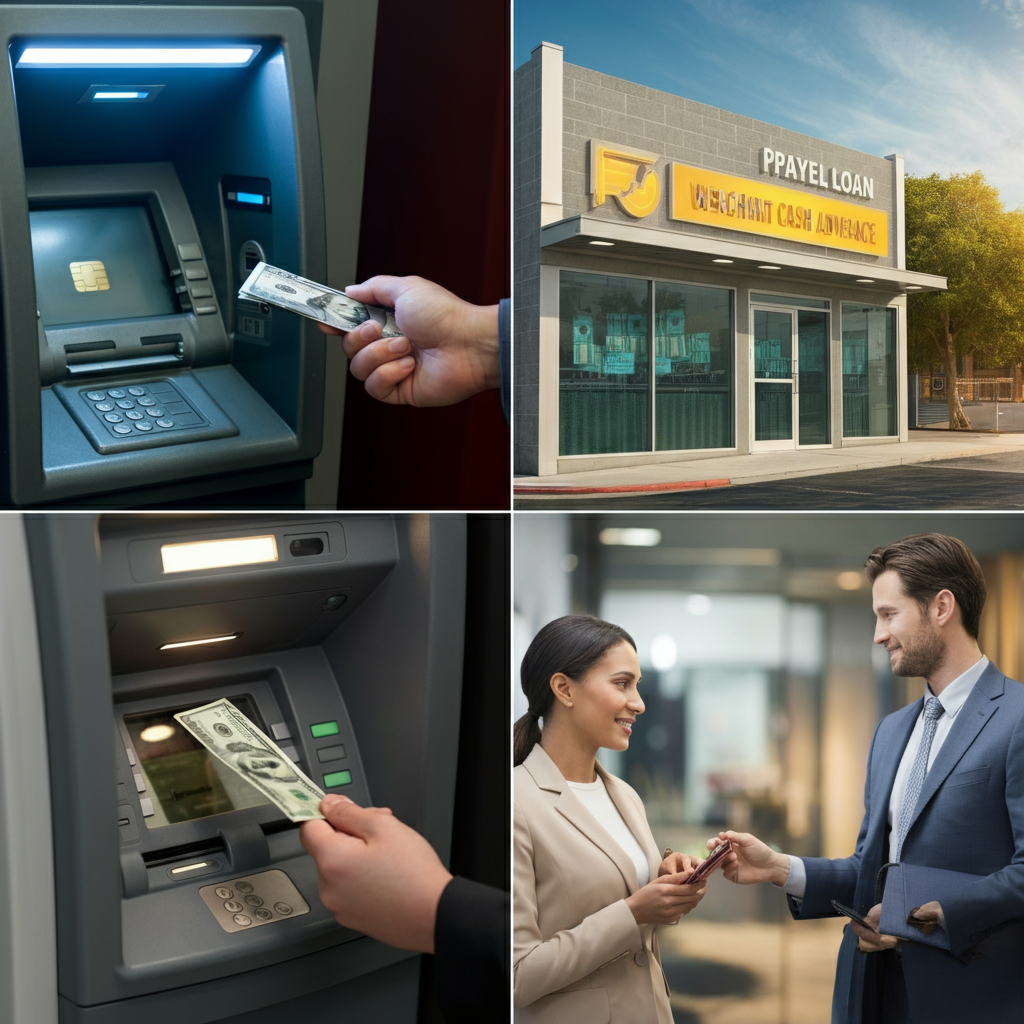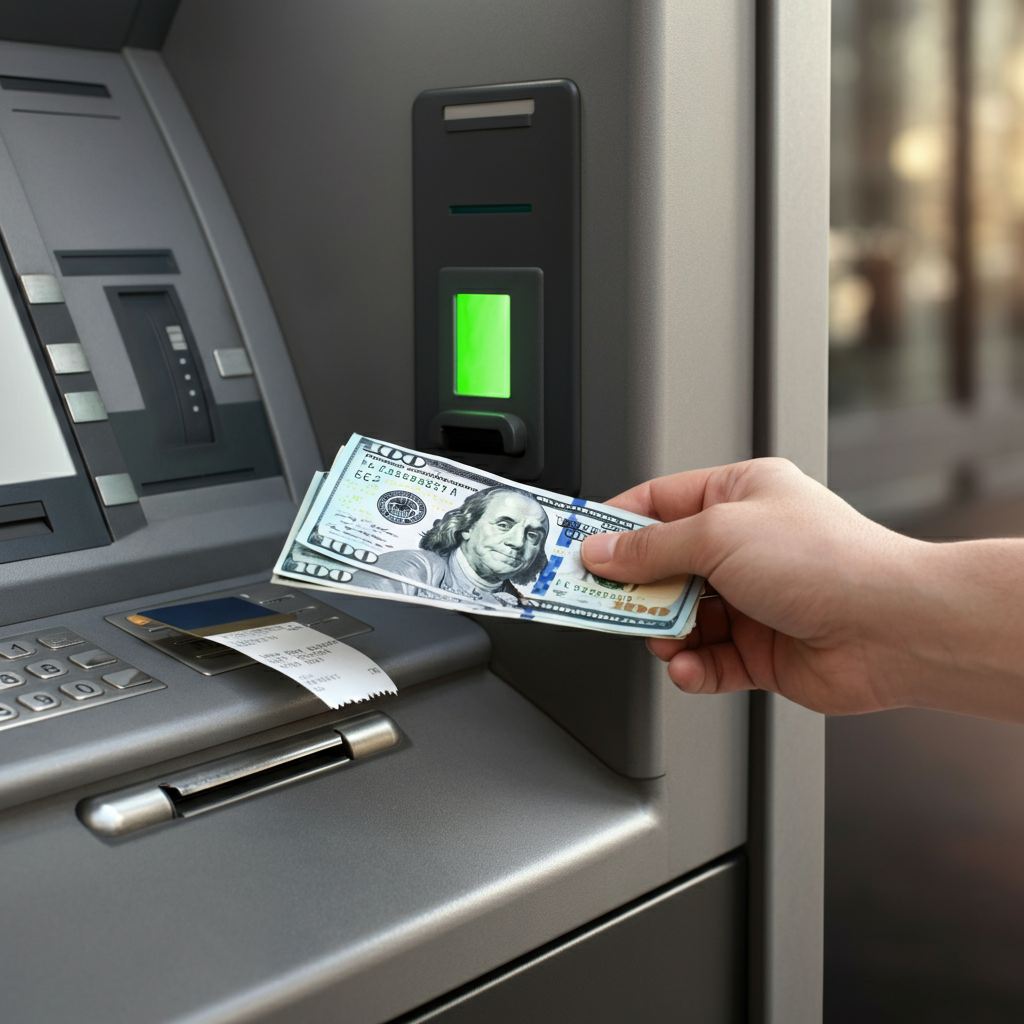Sometimes, life throws unexpected expenses at us. Maybe your car broke down, or you need funds for an urgent medical bill. Whatever the reason, a cash advance can offer a quick solution. But what exactly is a cash advance, how does it work, and is it the right option for you? By the end of this article, you’ll have all the details to make an informed decision about cash advances, their advantages, disadvantages, and possible alternatives.
What is a Cash Advance?
At its core, a cash advance is a short-term loan that lets you access cash quickly. Typically, cash advances are tied to your credit card and allow you to withdraw a portion of your available credit limit in cash. They are designed for emergencies when you need money fast and don’t have sufficient funds in your checking account.
When you take out a cash advance, be prepared for high fees and interest rates compared to regular credit card transactions. While cash advances can be a lifesaver in urgent situations, they can also turn into a financial burden if not managed wisely.
How Cash Advances Work
Understanding the process of using a cash advance is crucial before deciding to use one. Here’s a step-by-step breakdown of how cash advances typically work:
- Determine Your Available Credit
Check your credit card’s cash advance limit, as it’s usually lower than your total credit limit. This information can be found on your credit statement or via your bank’s app.
- Withdraw Cash
You can withdraw cash at ATMs, bank branches, or even online, depending on your credit card issuer’s options.
- Pay Fees
Be prepared for upfront fees. Most companies charge a cash advance fee, usually a percentage of the amount you withdraw or a flat fee (e.g., 5% or $10, whichever is greater).
- Account for Interest
Unlike regular purchases, cash advances start accruing interest immediately. There’s no grace period, so the sooner you pay it off, the better.
- Repay the Advance
Pay off your balance as quickly as possible to avoid steep interest charges. Keep in mind that even minimum payments won’t eliminate interest expenses in the long run.
Types of Cash Advances

Not all cash advances are created equal. Here are some of the most common types:
1. Credit Card Cash Advances
This is the most typical type of cash advance. You use your credit card to withdraw cash, either at an ATM or bank.
2. Payday Loans (Online or Physical Locations)
Payday loans are short-term, high-interest loans that often don’t require a credit check. They’re geared toward people who need immediate funds but should be approached with caution.
3. Merchant Cash Advances
Common in the business world, this involves borrowing against future sales instead of personal income.
4. Personal Line of Credit Advances
If you have a personal line of credit, you can withdraw cash against your approved limit. This typically comes with lower interest rates than payday or credit card cash advances.
The Pros and Cons of Cash Advances
Understanding the advantages and disadvantages can help determine whether a cash advance is right for you.
Pros
- Quick Access to Cash:
Cash advances are one of the fastest ways to get immediate funding.
- No Approval Process:
Unlike other forms of loans, there’s no application process or need to wait for weeks.
- Useful in Emergencies:
When you’re facing urgent expenses, this could bridge the gap.
Cons
- High Interest Rates:
Rates often exceed 20%, making it an expensive choice.
- Fees:
Expect cash advance fees on top of accrued interest.
- No Grace Period:
Interest starts accruing immediately, even if you plan to repay quickly.
- Impact on Credit Score:
High balances close to your limit can hurt your credit utilization ratio.
Alternatives to a Cash Advance
If the fees and high interest rates are a concern, consider other options:
- Personal Loans:
These typically offer lower interest rates and longer repayment terms.
- Credit Union Loans:
Many credit unions offer short-term, low-interest loans to their members.
- Borrowing from Friends or Family:
This isn’t for everyone, but it can be a fee-free option.
- Selling Assets:
Selling unused items can provide quick cash without incurring debt.
Real-Life Examples of Cash Advance Usage
Example 1:
Karina’s washing machine broke suddenly, and she needed $250 for a replacement part. She used a credit card cash advance to cover the cost and repaid it within two weeks, keeping fees minimal.
Example 2:
Mike, a freelance graphic designer, used a merchant cash advance to cover software licensing fees. He repaid the advance by deducting a fixed percentage from his monthly earnings.
These examples illustrate scenarios where cash advances can work—but only when managed responsibly.
People Also Ask
1. Can a cash advance hurt my credit score?
Yes, using a cash advance can impact your credit in two ways. High credit utilization can lower your score, and if payments are missed, it will also negatively affect your score.
2. What is the best way to repay a cash advance?
The best strategy is to pay it off in full as quickly as possible to minimize interest charges. If full payment is not an option, make higher-than-minimum payments each month.
3. Are there any hidden conditions for taking out a cash advance?
Always read the fine print. Many credit cards have varying interest rates, limits, and fees for cash advances.
Why Managing Your Cash Advance Matters
Taking out a cash advance can be tempting, especially during urgent situations. However, it’s essential to approach them cautiously. They should be a last resort, not a regular habit. Focus on paying off the balance as quickly as possible to avoid falling into a cycle of high interest debt.
Need help managing your finances effectively? Start with alternatives like personal loans, or chat with trusted financial advisers to explore options that are sustainable.
